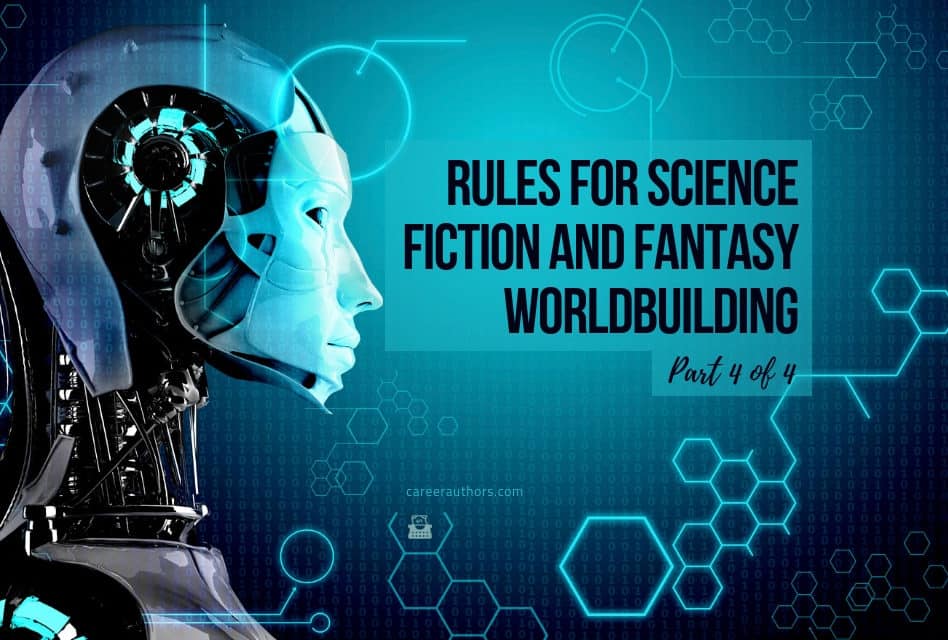by Brenda Clough
This is part 4 of Brenda’s 4-part summer series on SciFi & Fantasy worldbuilding. See the previous articles on Rules, Structure, and Characters.
Science fiction and fantasy is a genre where there’s a lot of information the author has to convey to the reader: The inheritance of Gondor and the history of Middle Earth for the last few Ages. Where the aliens come from and how they work. Whether the ships are faster-than-light and if so how the engines work. What the new planet looks like.
When you write in the genre, you could write an encyclopedia about what you’re inventing!
If you’re not Clarke
It is all too possible to write a novel that’s mainly setting—a description of the wonders and novelties of this nifty alien environment you’ve created. In fact, there was a novel of this type that was a classic award winner: Rendezvous with Rama, by Arthur C. Clarke. The entire book is about getting to Rama, touring Rama and figuring out what’s going on with Rama.
But perhaps you are not Arthur C. Clarke. How then, can you get this massive amount of information into your reader’s head so that she can understand and enjoy your novel?
Instead of “As you know, Bob …”
One thing you shouldn’t do is to pile everything onto the front page, perhaps as an entry in the Encyclopedia Galactica or a letter from Frodo to Gandalf. The reason is simple: Amazon. Books have a Look Inside feature so that the buyer can look at the first few pages before buying. If the first page the customer sees is a boring description of how Arwen is actually Galadriel’s grand-daughter, they’ll move on. Your first page must be exciting and interesting! And do your best to avoid the “As you know, Bob” kind of conversation, in which characters tell each other things that they know so that the reader can be clued in. Instead, try these ideas:
- Have the characters fight about the information you want to convey. “Scotty, how can you believe that the dilithium crystals make the Enterprise go? Everyone knows that the key reaction is in the thrust frammistats!”
- Use a viewpoint character who doesn’t know all this stuff. Frodo is ideal because he hasn’t been outside of Hobbiton before The Lord of the Rings begins. So a journey through Middle Earth can be seen through his eyes.
- Set up the plot so that the data is essential to the action. The magical sword must be won by Arthur or he won’t be king. Sauron’s powers hang upon the One Ring and this is why.
Make me care by making them care
You see what’s happening here, right? The characters care, and so do we. That’s why it’s hard to data dump at the very beginning. Until we know the characters and care about them the information you’re sharing has no emotional hook to hang on. Tell me a boatload of things about people I don’t care about and I’ll turn the page.
The one exception to this? Style or humor. A sufficiently witty or attractive author can get away with anything. Terry Pratchett was famously able to data dump and make everybody like it, because it was funny. Robert Heinlein was able to hold up the story for a page to tell you about social customs on the Moon and people adored it.
If you can do this, you’re going to be a star.


Brenda W. Clough has been writing science fiction and fantasy for years, including Doors of Death and Life (Tor), and has been a finalist for both Hugo and Nebula awards. She blogs at Book View Cafe. Her latest venture is a Victorian thriller, a sequel to the Wilkie Collins’ classic The Woman in White. It is available, in serial form naturally, at A Most Dangerous Woman.





